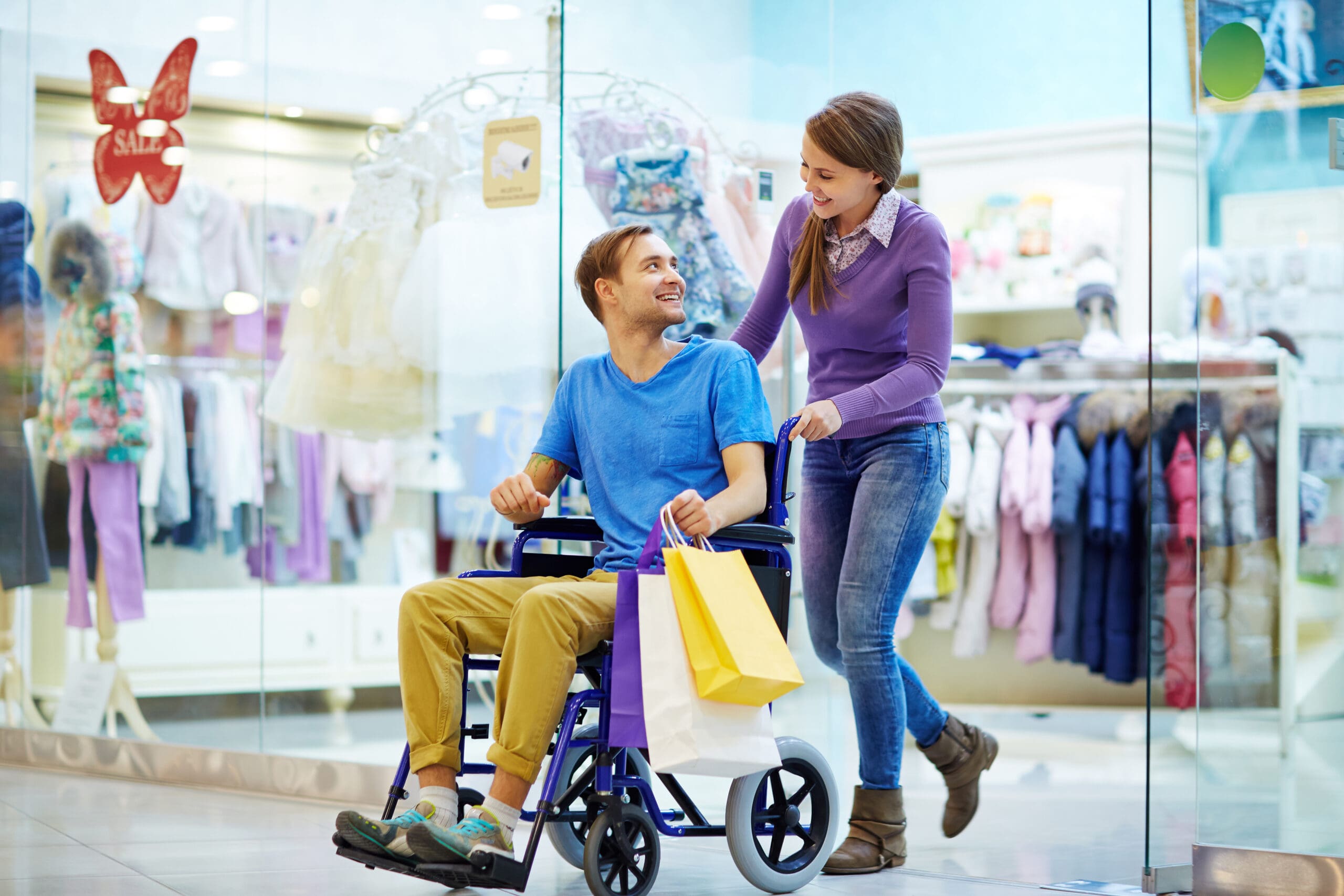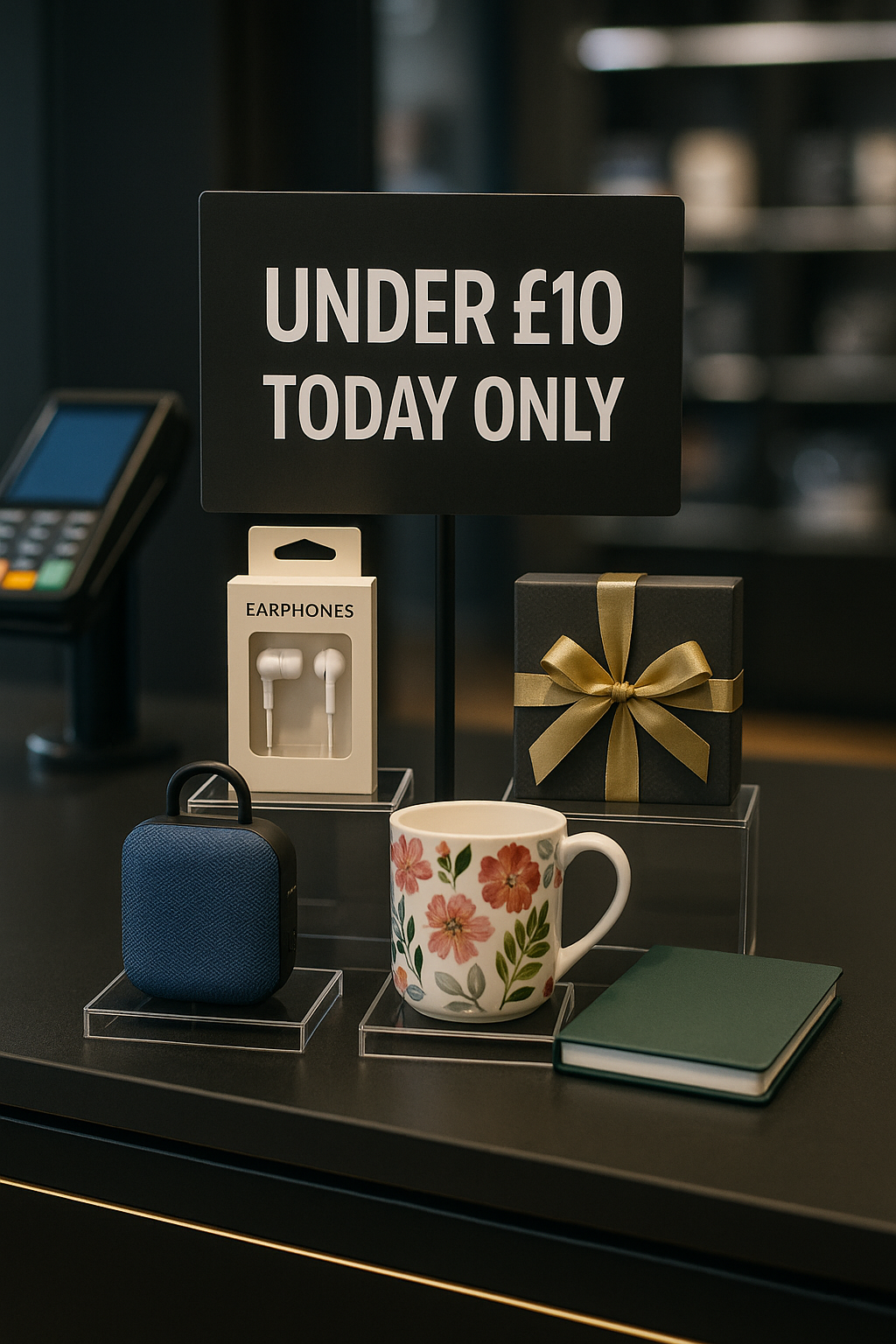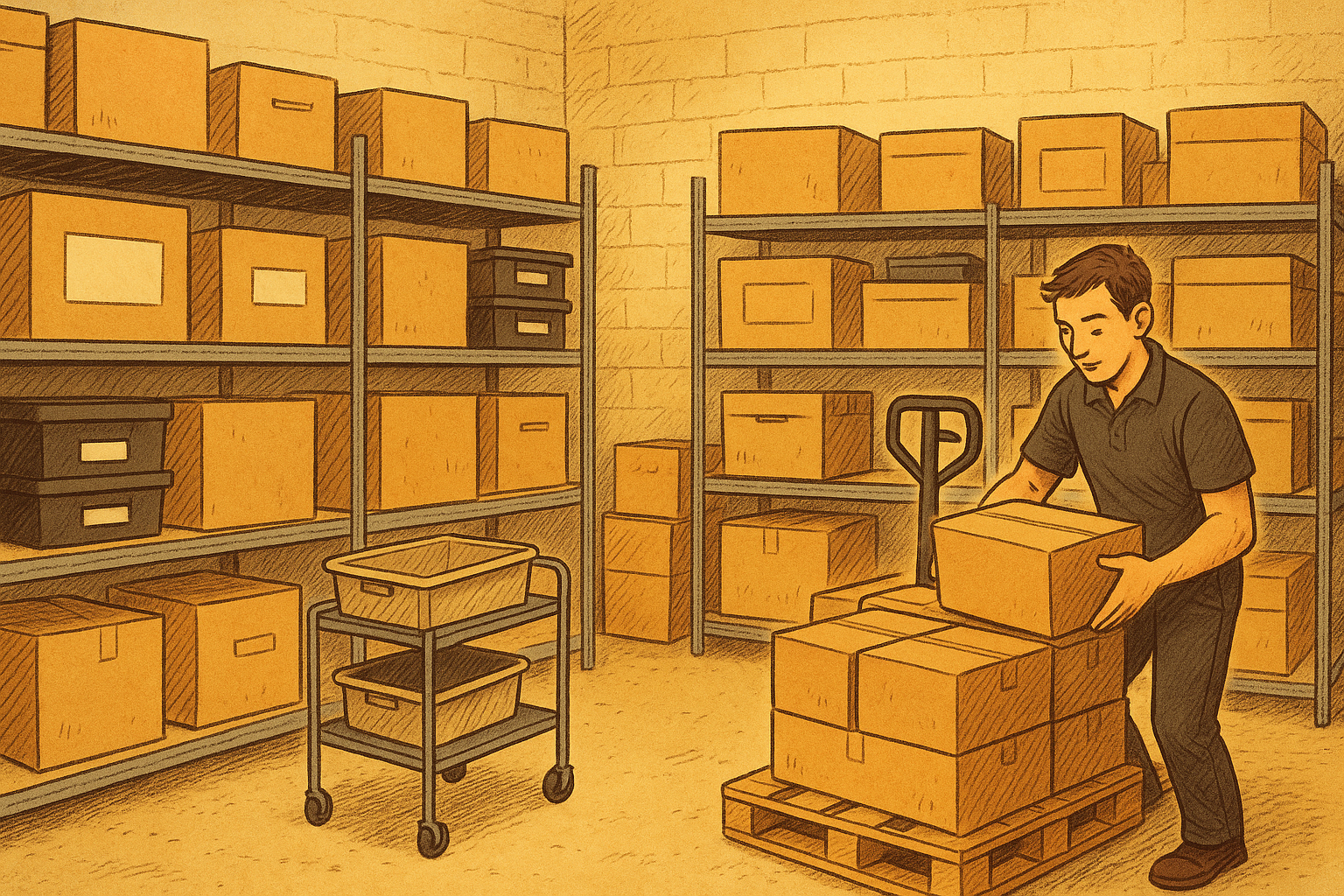Designing for Accessibility: Making Your Retail and Hospitality Spaces Inclusive
Posted On: June 11, 2024 By: SEOAdmin

Creating inclusive spaces in retail and hospitality is not only important in respect of treating all customers in an ethical manner, but it is also often a legal requirement and beneficial for your business. If you do not ensure all shoppers and guests can access your business, you miss out on potential customers.
However, it can seem overwhelming to approach the process of redesigning your space to make it easier for people with a range of needs to visit. This guide breaks down the different aspects you need to consider, helping you take the steps you need to ensure your space is accessible to all customers.
Wheelchair Accessibility
Wheelchair accessibility is one of the most important aspects of making your space inclusive. Create wide aisles to allow wheelchair users to move around the premises more easily. Place ramps over or next to small sets of stairs and ensure there are accessible entry points too.
Clear, unobstructed pathways allow wheelchair users to navigate easily. Split-level counters and accessible shelving further enhance accessibility by allowing all customers to reach and examine your products comfortably.
It is easier to implement these features before you move into premises, allowing you to design wider doorways, for example. However, it is possible to retrofit existing premises to make them more wheelchair friendly by moving displays and thinking about how much room wheelchair users need.
Clear Signage and Pathways
Effective signage is crucial for accessibility. Use large, clear fonts and strong colour contrasts to make signs readable to as many visitors as possible. Include braille and tactile elements for visually impaired customers.
Ensure your walkways are free from obstacles and well-lit to help customers with mobility or visual impairments navigate safely and easily. Strategic signage placement will guide customers seamlessly through the space, which is important to make it as inclusive as possible.
Accessible Toilets
Design toilets with accessibility in mind. Install grab bars, lower sinks and provide ample space for manoeuvrability where possible. Consider creating a Changing Places facility, which offers additional space and equipment, making it usable for people with more complex needs. This includes room under the washbasin to allow for wheelchairs and room either side of the toilet itself.
Accessible restrooms can be a major factor in choosing a shopping or dining location for individuals with disabilities, showing the importance of adding these features.
Consider where your baby change facilities are. Many establishments still only offer this within women’s toilets, making them less accessible for dads with their young children.
Assistive Technology
Integrating assistive technology can significantly enhance the shopping experience for customers with disabilities. This includes installing hearing loops, text-to-speech systems and interactive displays with accessible interfaces.
These tools help bridge communication gaps and provide essential information to all customers. Retailers are increasingly adopting technology such as touch screens with voice output, helping visually impaired shoppers interact with digital menus and directories.
Staff Training
Staff training is critical for creating an inclusive environment within your premises. Train employees to assist customers with disabilities respectfully and effectively. This includes understanding how to use assistive technologies, providing physical assistance when needed and being aware of the different types of disabilities and the specific needs associated with them.
Well-trained staff can significantly enhance the customer experience, making disabled customers feel welcomed and valued.
Accessibility Online
Your online presence should also be accessible. This includes having a website that meets web accessibility standards, ensuring users can navigate it using screen readers, and providing alternative text for images.
Accessible online services allow customers to interact with your business remotely, making it easier for them to plan visits or shop online. Using easy-to-read text helps ensure that all customers can access information and services with ease.
Why Accessibility Matters
Accessibility is not just a legal requirement and the right thing to do, but also a significant business opportunity. Inclusive design ensures that everyone, regardless of their physical abilities, can enjoy and access your services. This inclusivity can lead to increased loyalty and a broader range of shoppers, increasing customer satisfaction and repeat visits.
Make Your Premises Accessible
By focusing on wheelchair accessibility, clear signage, accessible toilets, assistive technology, staff training and online accessibility, you create an inclusive environment that welcomes all customers, enhancing their experience. For help creating an accessible retail or hospitality space, talk to our expert team on 0800 0223237 today.
Latest Posts
- Creating Urgency: How Limited-Time Displays Drive…
- Managing the Mayhem: Retail Logistics That…
- Black Friday Ready: Visual Merchandising Tips…
- Behind the Scenes: How Efficient Display…
- The Power of Presentation: Gift Packaging…
- Creating Festive Window Displays That Stop…
- How to Prepare Your Store for…
- Stock Up Now: Display Stands and…
- Why Early Mannequin Planning is Key…
- Behind the Scenes of Peak Season:…



